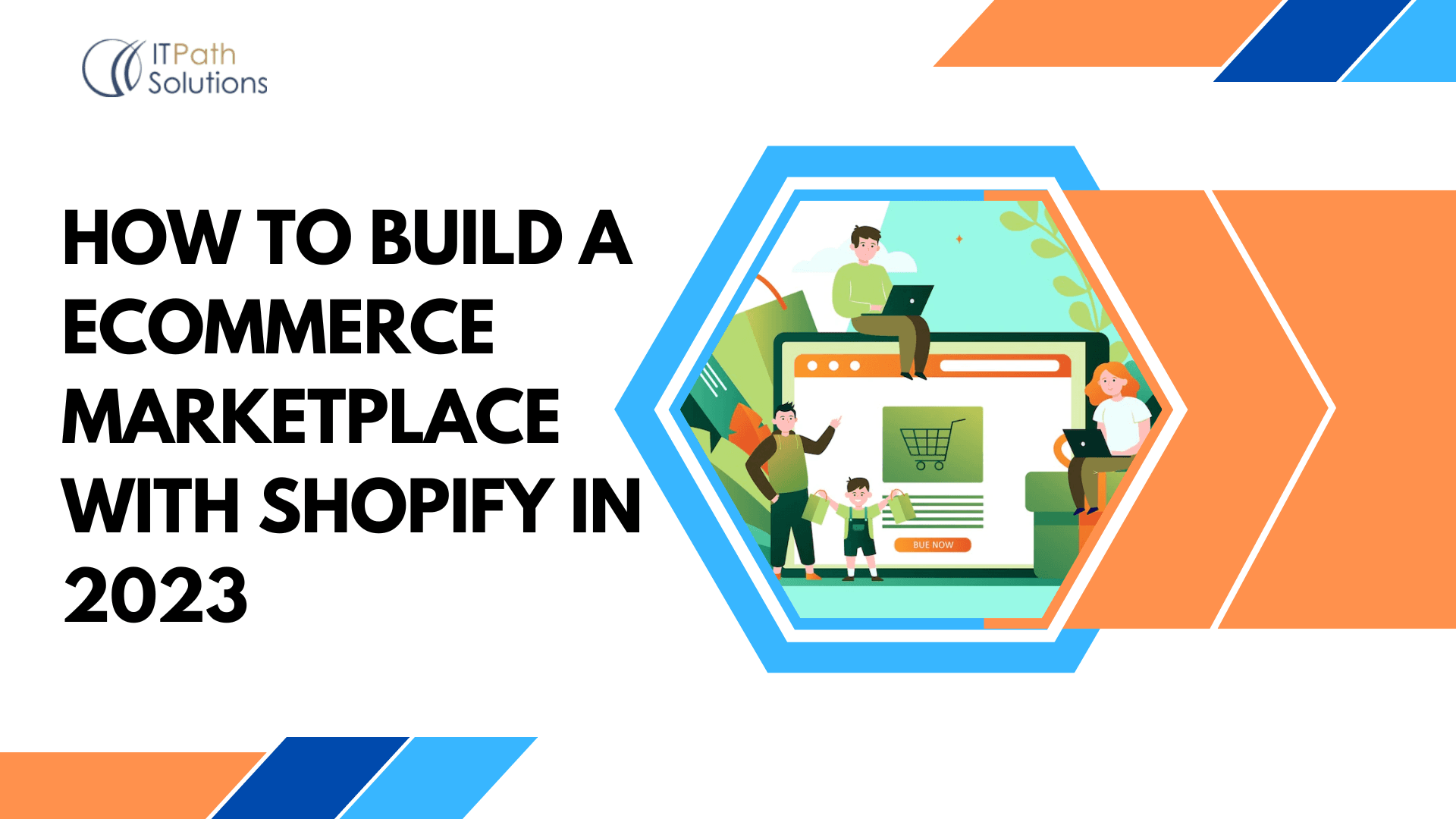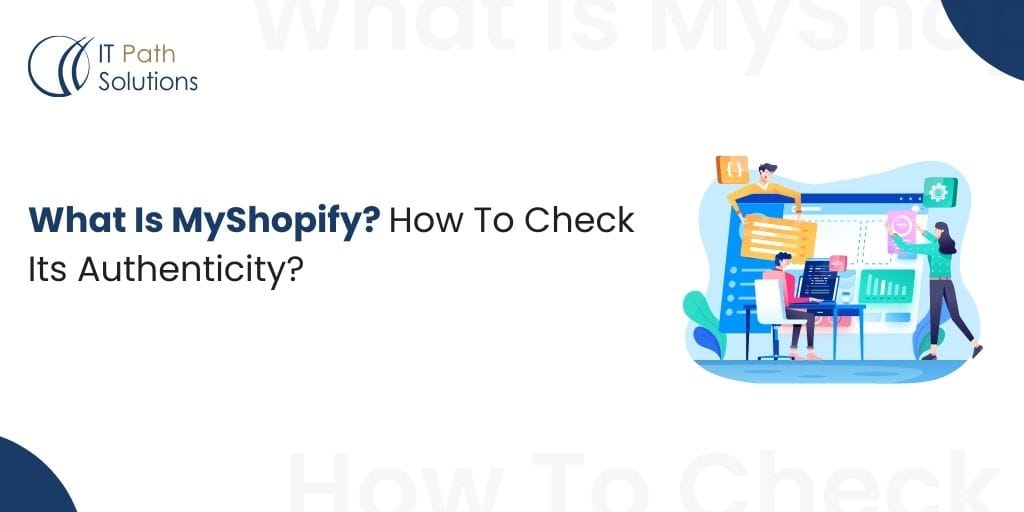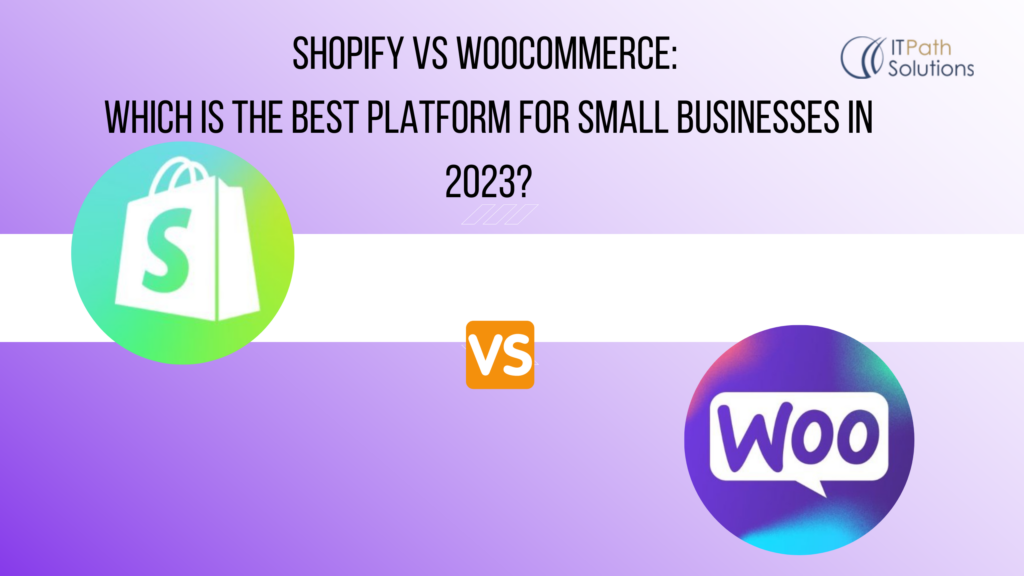Complete Guide to Building a Multi-Vendor eCommerce Marketplace with Shopify in 2025

Most entrepreneurs dream of creating the next Amazon or Etsy, yet they struggle with the technical complexities and operational challenges of building a multi-vendor eCommerce marketplace with Shopify. Furthermore, while single-vendor stores dominate the landscape, global eCommerce sales are expected to reach $8.5 trillion by 2026, up from an estimated $6.86 trillion in 2025, creating unprecedented opportunities for marketplace entrepreneurs. Additionally, in 2025, global ecommerce sales are forecast to rise to $6.56 trillion, before adding another $500 billion in 2026, to $7.06 trillion.
Moreover, Shopify commands ~10.32% of global eCommerce market share and ~30% of the US eCommerce platform market share, making it 4th in the world and number one in the US. Consequently, Shopify holds a 10.32% market share globally, ranking it as the 4th most preferred e-commerce platform, demonstrating the platform’s explosive growth and stability for enterprise-level marketplace operations. Given this dominance, many businesses wonder is MyShopify legit and whether it can truly handle enterprise-scale marketplace operations.
As Henry Ford once said, “Coming together is a beginning; keeping together is progress; working together is success.”
Therefore, successful marketplaces unite multiple vendors under one cohesive platform, creating value for both sellers and customers while generating substantial passive income for marketplace owners. Subsequently, global e-commerce sales are expected to grow by 7.8% in 2025, highlighting the massive opportunity for commission-based marketplace models.
The Costly Mistakes Plaguing Shopify Marketplace Attempts
Moreover, entrepreneurs frequently underestimate the complexity involved in transforming Shopify’s single-vendor architecture into a functional marketplace platform. Consequently, understanding these critical Shopify marketplace development failures becomes essential for avoiding expensive mistakes that derail marketplace dreams.
The Platform Limitation Trap
By design, Shopify is not intended to be a multi-vendor marketplace solution. Shopify is primarily built for individual merchants to create and scale single-vendor ecommerce stores. Furthermore, this fundamental architectural limitation creates numerous challenges that catch new marketplace owners off-guard.
Subsequently, businesses attempting marketplace development without proper planning face these devastating problems:
- Inadequate Vendor Management Systems: Default Shopify lacks seller dashboards, commission tracking, or automated vendor onboarding workflows
- Order Fulfillment Nightmares: Manual order splitting across multiple vendors creates operational chaos and customer service disasters
- Payment Distribution Complexity: Shopify’s native payment system cannot automatically split commissions between marketplace owners and vendors
- Inventory Synchronization Failures: Multiple vendors managing similar products creates overselling situations and stock discrepancies
Revenue Model Misconceptions
Additionally, many entrepreneurs underestimate the complexity of implementing sustainable marketplace revenue models. Therefore, failed marketplaces often struggle with:
- Commission Structure Confusion: Unclear fee structures drive away quality vendors and confuse customers
- Payment Processing Delays: Vendors expect immediate payment after order fulfillment, but traditional systems create lengthy delays
- Customer Acquisition Cost Errors: Marketplace models require different marketing approaches than single-vendor stores
- Scaling Infrastructure Challenges: Manual processes that work for 10 vendors become impossible with 100+ sellers
Quality Control and Brand Consistency Issues
Furthermore, marketplace owners frequently struggle with maintaining brand standards across diverse vendor catalogs. Consequently, inconsistent product quality, varying customer service levels, and conflicting brand messages create confused customers and damage marketplace reputation.
Moreover, without proper vendor screening and ongoing performance management, marketplaces attract low-quality sellers who damage the overall customer experience and reduce repeat purchase rates.
The SCALE Framework: Your Five-Stage Marketplace Success System
Therefore, building a profitable Shopify marketplace requires systematic implementation of proven strategies that address each potential failure point. Subsequently, the SCALE Framework provides five essential stages that transform basic Shopify stores into thriving marketplace ecosystems generating consistent passive income.
Stage 1: Strategic Foundation and App Selection
Initially, selecting appropriate marketplace applications determines your platform’s long-term success potential. Furthermore, choosing the right multi vendor app from the Shopify App Store. Look for apps offering features like vendor dashboards, product listing tools, automated order splitting, and commission management becomes critical for operational efficiency.
However, implementing these complex marketplace functionalities requires developers with specialized expertise. Understanding the top Shopify developer skills becomes crucial when evaluating potential development partners who can navigate these technical challenges effectively.
Top-Performing Marketplace Apps for 2025:
| Application | Key Features | Monthly Cost | Vendor Capacity |
|---|---|---|---|
| Webkul MultiVendor | Advanced analytics, booking systems, auction capabilities | $299-$799 | Unlimited |
| Shipturtle Marketplace Pro+ | Cloud vendor dashboards, inventory sync, automated payouts | $199-$599 | 500-Unlimited |
| Multi Vendor Marketplace | Basic vendor management, order splitting, commission tracking | $99-$299 | 50-200 |
Additionally, comprehensive marketplace applications should provide:
- Automated Vendor Onboarding: Streamlined registration processes with document verification and approval workflows
- Real-time Analytics Dashboards: Detailed sales reporting, commission tracking, and performance metrics for both marketplace owners and individual vendors
- Mobile-Optimized Vendor Interfaces: Responsive seller dashboards enabling inventory management, order processing, and analytics access from any device
- Advanced Payment Processing: Automated commission splits, vendor payout scheduling, and multi-currency support for international marketplaces
Stage 2: Commission Architecture and Revenue Optimization
Subsequently, implementing profitable commission structures requires balancing vendor attraction with marketplace sustainability. Therefore, successful marketplace owners utilize dynamic commission models that incentivize vendor performance while maximizing platform revenue.
Commission Strategy Implementation:
Tier 1 Vendors (New Sellers):
- Commission Rate: 8-12%
- Benefits: Marketing support, featured listings
- Requirements: Basic seller verification
Tier 2 Vendors (Established Sellers):
- Commission Rate: 6-10%
- Benefits: Priority customer service, bulk listing tools
- Requirements: $10K+ monthly sales, 4.5+ rating
Tier 3 Vendors (Premium Partners):
- Commission Rate: 4-8%
- Benefits: Custom storefront design, dedicated account manager
- Requirements: $50K+ monthly sales, exclusive product lines
Moreover, implementing performance-based commission adjustments encourages vendor excellence while protecting marketplace reputation. Furthermore, transparent fee structures with clear benefit explanations attract high-quality vendors and reduce onboarding friction.
Stage 3: Automated Vendor Operations and Quality Control
Therefore, scaling marketplace operations requires comprehensive automation that eliminates manual intervention while maintaining quality standards. Consequently, implementing robust vendor management systems prevents operational bottlenecks and ensures consistent customer experiences.
Essential Automation Components:
- Product Approval Workflows: Automated content review systems using AI-powered image recognition and keyword analysis to flag inappropriate or low-quality listings
- Performance Monitoring Systems: Real-time tracking of vendor metrics including order fulfillment speed, customer satisfaction scores, and return rates
- Dynamic Pricing Controls: Automated pricing rules preventing below-cost selling and maintaining healthy profit margins across vendor catalogs
- Inventory Synchronization: Real-time stock level updates preventing overselling and maintaining accurate product availability across multiple sales channels
Additionally, quality control automation includes:
- Customer Review Management: Automated review collection, fake review detection, and response notification systems
- Vendor Communication Tools: Integrated messaging systems with automated notification triggers for order updates, policy changes, and performance alerts
- Dispute Resolution Workflows: Structured processes for handling customer complaints, vendor conflicts, and product quality issues
Stage 4: Legal Compliance and Risk Management
Furthermore, marketplace operations involve complex legal responsibilities that single-vendor stores don’t face. Subsequently, implementing comprehensive compliance frameworks protects marketplace owners from liability while building vendor and customer trust.
Critical Compliance Areas:
- Vendor Agreement Templates: Standardized contracts defining commission structures, product requirements, customer service standards, and dispute resolution procedures
- Tax Documentation Systems: Automated 1099 generation, sales tax collection across multiple jurisdictions, and international VAT compliance
- Product Liability Protection: Insurance coverage recommendations, vendor verification requirements, and dangerous product screening protocols
- Data Privacy Compliance: GDPR, CCPA, and regional privacy law adherence with vendor data handling agreements
Moreover, risk management strategies include:
- Vendor Insurance Requirements: Minimum coverage levels for product liability, business interruption, and cyber security incidents
- Financial Reserve Management: Holding commission payments for dispute resolution periods and maintaining operational cash flow buffers
- Intellectual Property Protection: Automated trademark and copyright infringement detection with takedown procedures
Stage 5: Exponential Growth Through Strategic Partnerships
Therefore, achieving marketplace scale requires strategic partnerships that accelerate vendor acquisition and expand market reach. Consequently, successful marketplace owners implement systematic partnership programs that create competitive advantages over standalone competitors.
Partnership Development Strategies:
- Supplier Network Integration: Direct relationships with manufacturers and distributors who onboard multiple retail partners simultaneously
- Industry Association Collaborations: Partnerships with trade organizations providing access to verified vendor networks and industry credibility
- Technology Integration Alliances: Connections with inventory management, accounting, and logistics providers offering seamless vendor experiences
- Marketing Channel Partnerships: Affiliate programs with influencers, bloggers, and complementary service providers driving qualified vendor referrals
Additionally, strategic partnerships enable:
- Exclusive Product Access: First-to-market opportunities with new product launches and limited-edition releases
- Volume Discount Negotiations: Bulk purchasing power benefiting both marketplace and individual vendors
- Cross-Platform Integration: Seamless connections with Amazon, eBay, and other marketplaces for expanded vendor reach
Advanced Marketing Strategies for Marketplace Growth
Moreover, marketplace marketing requires fundamentally different approaches than single-vendor store promotion. Consequently, successful marketplace owners implement dual-focused strategies targeting both vendor acquisition and customer attraction simultaneously.
Vendor Acquisition Marketing
Therefore, attracting high-quality vendors requires targeted outreach campaigns emphasizing marketplace benefits and growth opportunities. Subsequently, effective vendor marketing includes:
- Industry-Specific Landing Pages: Customized value propositions addressing unique pain points for different vendor categories
- Success Story Documentation: Detailed case studies showcasing vendor revenue growth, operational improvements, and market expansion achievements
- Competitive Analysis Presentations: Data-driven comparisons highlighting marketplace advantages over competitors and standalone selling options
- Referral Incentive Programs: Commission bonuses, reduced fees, or marketing credits for existing vendors who successfully recruit new sellers
Customer Experience Optimization
Furthermore, marketplace customers expect seamless experiences despite purchasing from multiple vendors. Therefore, implementing unified customer journey optimization creates competitive advantages and increases repeat purchase rates.
Customer Experience Enhancement Strategies:
- Universal Search Functionality: AI-powered search algorithms that surface relevant products across all vendor catalogs with intelligent filtering and recommendation systems
- Consolidated Checkout Processes: Single-cart purchasing enabling customers to buy from multiple vendors without separate transactions or shipping calculations
- Unified Customer Service: Centralized support systems handling inquiries, returns, and complaints regardless of originating vendor
- Loyalty Program Integration: Cross-vendor reward systems encouraging repeat purchases and increasing average order values
Technology Integration and Performance Optimization
Subsequently, marketplace success depends on robust technical infrastructure supporting high-volume transactions, real-time inventory updates, and seamless user experiences. Therefore, implementing advanced technology solutions becomes essential for competitive marketplace operations.
Database Architecture and Performance Scaling
Moreover, marketplace databases must handle exponentially more complex queries than single-vendor stores. Consequently, optimizing database performance requires:
- Distributed Database Systems: Multi-region database clusters ensuring fast response times regardless of customer or vendor location
- Advanced Caching Strategies: Redis implementation for session management, product catalog caching, and real-time inventory updates
- Search Engine Optimization: Elasticsearch integration enabling fast product discovery, advanced filtering, and personalized recommendation algorithms
- API Rate Limiting: Vendor dashboard access controls preventing system overload during high-traffic periods
Mobile Experience and Progressive Web Applications
Furthermore, among adults aged 18-34, 77% use voice search on their smartphones, while 63% of those aged 35-54 do the same indicating the critical importance of mobile optimization for marketplace success.
Therefore, implementing mobile-first design principles includes:
- Progressive Web App Development: Offline functionality, push notifications, and native app-like experiences without app store distribution requirements
- Voice Search Optimization: Natural language processing integration enabling voice-activated product discovery and ordering
- Mobile Payment Integration: Apple Pay, Google Pay, and emerging payment methods reducing checkout friction
- Responsive Vendor Dashboards: Mobile-optimized seller interfaces enabling inventory management and order processing from smartphones
Financial Management and Scaling Considerations
Additionally, marketplace financial management involves complex revenue streams, commission calculations, and cash flow considerations that require sophisticated tracking and reporting systems.
Revenue Diversification Strategies
Therefore, successful marketplaces implement multiple revenue streams reducing dependence on commission income alone:
- Subscription-Based Vendor Plans: Monthly fees providing enhanced features, priority placement, and advanced analytics access
- Advertising Revenue: Sponsored product placements, banner advertising, and promoted vendor listings generating additional income
- Transaction Fees: Processing charges, listing fees, and premium service options creating predictable revenue streams
- Data Monetization: Anonymized market insights, trend reports, and industry analytics sold to vendors and third-party research companies
Investment and Funding Strategies
Moreover, marketplace development requires significant upfront investment in technology, marketing, and operational infrastructure. Subsequently, understanding funding options and investor expectations becomes crucial for sustainable growth.
Funding Milestone Targets:
- Seed Stage ($50K-$250K): MVP development, initial vendor acquisition, basic automation implementation
- Series A ($500K-$2M): Technology scaling, marketing expansion, team building, and geographic expansion
- Series B ($2M-$10M): International expansion, advanced AI implementation, acquisition opportunities, and market consolidation
Choosing the Right Development Partner
Building a successful Shopify marketplace requires more than just technical knowledge—it demands expertise in marketplace-specific challenges and proven experience with multi-vendor implementations. When evaluating potential development partners, it’s crucial to understand how to hire a Shopify expert who can navigate the complexities of marketplace development.
The decision to hire Shopify developer should be based on their marketplace portfolio, understanding of commission structures, and experience with vendor management systems. Additionally, considering Shopify developer cost becomes essential for budgeting your marketplace project effectively, as marketplace development typically requires 3-6 months of dedicated development time.
Conclusion & Implementation Roadmap
Therefore, building a successful multi-vendor marketplace on Shopify requires systematic implementation of proven strategies addressing platform limitations, operational complexities, and scaling challenges. Furthermore, the SCALE Framework provides a comprehensive roadmap for transforming marketplace dreams into profitable reality.
Subsequently, entrepreneurs who follow this structured approach experience accelerated vendor acquisition, improved operational efficiency, and sustainable revenue growth. Moreover, implementing advanced automation, strategic partnerships, and sophisticated marketing strategies creates competitive advantages that are difficult for competitors to replicate.
Additionally, the marketplace model offers unique advantages including passive income generation, scalable operations, and reduced inventory risk compared to traditional retail approaches. Furthermore, Shopify’s market share has increased to approximately 10.32% globally, with a reported 29% share in the United States providing a solid foundation for marketplace development.
Ready to transform your marketplace vision into reality? Therefore, our certified Shopify Plus development team has successfully delivered 200+ marketplace projects. Furthermore, we specialize in complex multi-vendor implementations that traditional agencies avoid due to technical complexity.
 Healthcare
Healthcare  Education
Education  Real Estate
Real Estate  Logistic
Logistic  Themes
Themes
 Plugins
Plugins
 Patterns
Patterns





